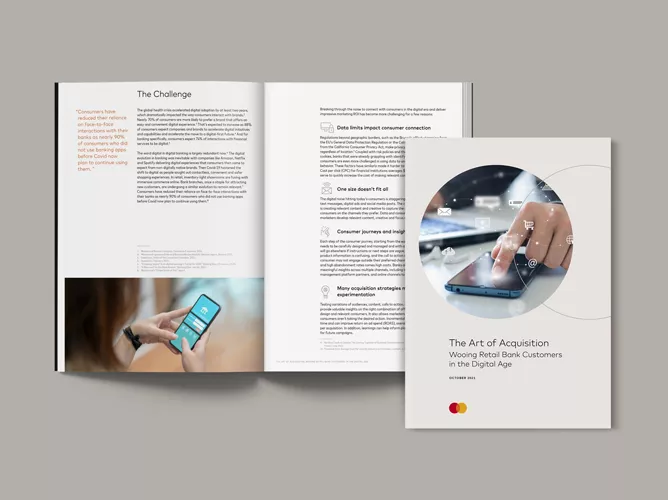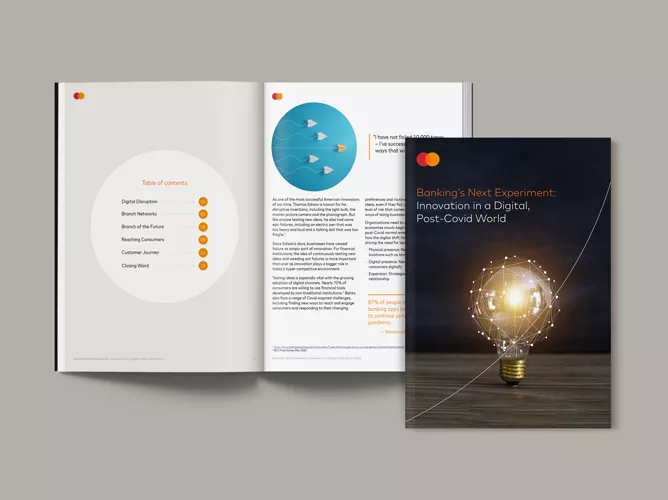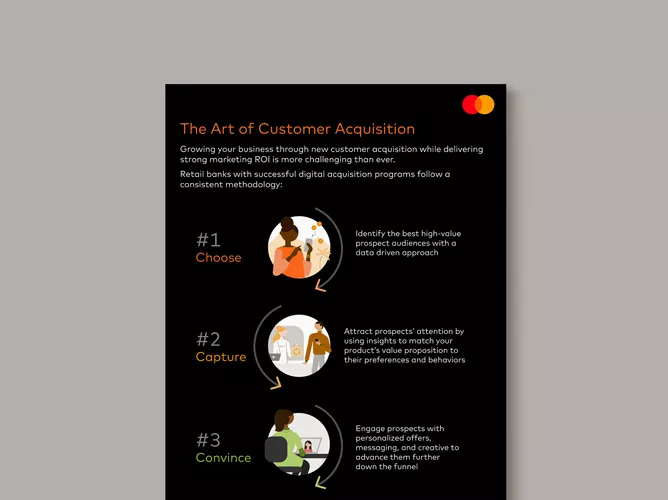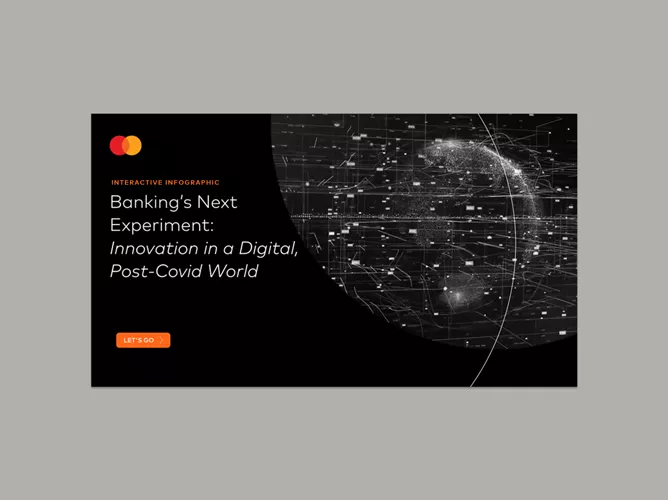Six steps for building the right MarTech stack
By Lisa Ung, Marc Trudeau and Adham Fahmi, Mastercard Data & Services
The banking experience for consumers has changed rapidly in the last few years. Consumers have become significantly more comfortable with digital banking, with over half of the world’s population using banking apps more than they were before the pandemic, according to Mastercard’s “Global State of Pay” report. Increases in card-not-present, mobile payments and digital wallet technology have quickly shifted the way consumers spend and interact with money.
However, while consumer preferences and behaviors have changed, the credit card marketing experience has struggled to adapt. Traditional, offline marketing channels such as direct mail and national television advertising are still some of the main ways banks and issuers attempt to reach new customers. These traditional channels can be effective, but also limited compared with digital approaches that can be real-time, automated and personalized. Moreover, digital marketing approaches can be faster and cheaper to execute. Many issuers strive to shorten campaign cycle times, which can be as long as eight months for direct mail. However, leading marketers have already shifted to marketing experiences that are always-on, in real-time and personalized.
These trends point to a greater need for banks and issuers to improve their marketing technology (MarTech) stack to both acquire new customers and retain current customers. Understandably, making this shift is difficult. Navigating a complex marketplace of literally thousands of MarTech providers can be overwhelming. But banks and issuers face increased competition for customers from more agile financial technology (fintech) companies and other non-traditional players entering the payments market and they risk losing relevance quickly.
Mastercard Client Services has helped banks and issuers strategize, design and execute MarTech roadmaps that allow them to pursue digital-centric marketing experiences.
These six steps can help banks get started on building a strong MarTech stack
- Envision the ideal marketing experience for consumers. The first step of any MarTech implementation is to clearly define the vision for an ideal marketing experience, which could include a differentiated vision of the customer enabled by technology, real-time experiences, and automation as a default option. However, banks should look at other industries to evaluate their customer preferences. Banks will be compared to leaders in retail, consumer technology and entertainment who often set customer expectations for innovation and personalization.
- Define the bank’s existing technology and gaps. This will help the bank understand its current MarTech landscape, prioritize improvement areas and assess which new technologies are needed to improve marketing processes. Breaking down the overall experience into workstreams can help simplify this step. It’s also important for the bank to understand the dependencies across other systems, such as core card processing, data warehouses and loan origination.
- Make a case to leadership for building a MarTech stack. There are some clear benefits to a strong MarTech stack, including improvements to targeting, timing and relevance, resulting in better engagement, higher response rates, higher spend, revenue growth and lower attrition. On the cost side, the benefits include fewer resources required for execution and greater campaign efficiency. And then there’s also better controls, stronger compliance and governance and happier customers.
- Choose and manage vendors carefully. Picking the wrong vendor can be costly and time-consuming to switch. Carefully evaluate criteria such as costs, capabilities, track record for measurable innovation, ability to execute, working relationship, ability to integrate with existing technology, and long-term vision.
- Embrace testing. Whenever new technology is brought into an organization, it’s difficult to know how well it will work in certain situations. Banks should plan for UX/UI testing and more traditional feasibility and stress testing. A pilot over a few weeks or months is a viable way to get an assessment. Test the bank’s high-priority requirements or user stories to properly evaluate how well the technology will perform.
- Communicate the change and build buy-in. Work with users and stakeholders within the bank to communicate the technology changes, gain their buy-in and build adoption. Make sure this process includes the marketing and technology teams together. Also, consider starting with a few pilot users to vet the platform, provide feedback and act as a proving ground before introducing the technology to other employees. These pilot users can become ambassadors of the new technology and help encourage adoption among their colleagues.
As consumer preferences continue to evolve and many aspects of the shift to digital become permanent, banks will need to engage in a way that’s most relevant for their customers. Learn more about the MarTech landscape and approaches for building the right stack in our latest strategy guide, “Marketing technology for banks: Six steps for building the right stack.”












